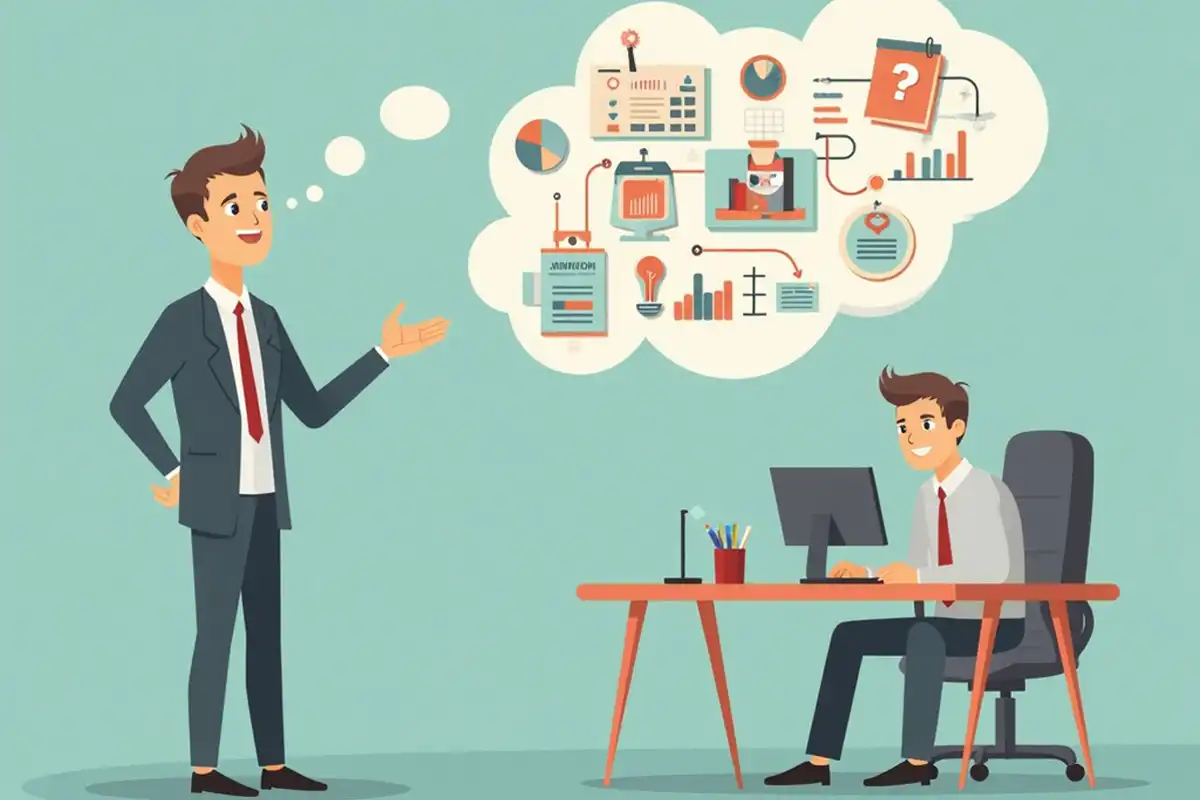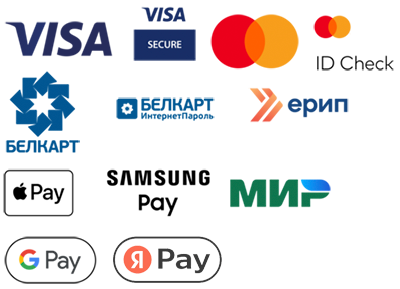Planning is not just numbers in a table. It's a way to see the whole business as a living organism: where money is born, where it goes, and what makes a real profit. Without a clear plan, even a good idea can quickly "eat" itself.Let's look at how to competently and step-by-step build a system that works for results.
1. Start with a starting balance
The first thing to do is to understand where you are starting.
Make up the starting balance, which will reflect:
assets - everything you own (money, equipment, raw materials, premises, machinery);
sources - how all this came about (own investments, loans, investments, partner funds).
This way you get a clear picture of the current state: what you have and at what price it was created. This is your starting point
2. Define the production program at the heart of your business
Now you need to plan what exactly you are going to produce or sell, to what extent and with what resources.The production program is not just a plan for what to do, it is the basis for all financial calculations.
Each step of the program affects the movement of money through net operating capital:
if you produce more, stocks grow, which means that some of the money is frozen in raw materials and goods.
if you sell in installments, the money turns into accounts receivable;
if you pay suppliers in advance, your liquidity decreases.
In fact, a CHECK shows how much money is actually working in circulation and how effectively you manage it.
The main goal is for the bank not to "eat up" your funds, but to help the business grow.
3. Divide the costs and calculate the cost
Now you need to link the production program to the cost.
Divide the expenses into:
variables that grow with the volume of production (raw materials, packaging, logistics);
permanent that are stable regardless of volume (rent, accounting, salaries).
This way you will understand the real price of the product and be able to determine where the break-even point is, that is, the minimum sales volume at which the business is no longer in the red.
4. Accounting for investment activity
Many entrepreneurs forget that investments are not a separate story, but part of a financial plan.
Buying equipment, repairing premises, and introducing new technologies all require money and directly affect current cash flow and earnings.
If you do not take into account investments in advance, you may encounter a situation where the business seems to be profitable, but there is no money because they have all gone into assets.
Therefore, the investment plan needs to be built in parallel with the operational plan in order to understand how investments will affect liquidity and debt burden.
5. Manage the movement of money and capital
Cash flow planning is a way to see in advance where you will have failures or excess funds.
It is important to control:
revenue and receipts (from sales, investments, loans);
payments (for materials, salaries, taxes, debt service);
changes in the PSC (in stocks, debts, and accounts payable).
On this basis, the change in equity and borrowed funds is calculated, which shows how the business is developing: at the expense of its profits or at the expense of debts.
6. Analyze the balance and liquidity of the business
The result of all calculations is the planned balance of the company.
It shows how stable your business is:
whether there are enough working capital to cover obligations;
aren't there too many funds "frozen" in stocks;
what proportion are loans and borrowings?
The more balanced the capital structure, the higher the sustainability and flexibility of the business.
7. The main thing is to think like a system
Business cannot be planned in chunks. Production, finance, investments, stocks, accounts receivable are all interconnected through cash flows and a CHOK.
When you see the whole picture, you begin to manage your business consciously:
it's not easy to count profits on paper,
and to understand where money really works,
- and where they can be released for growth.

































